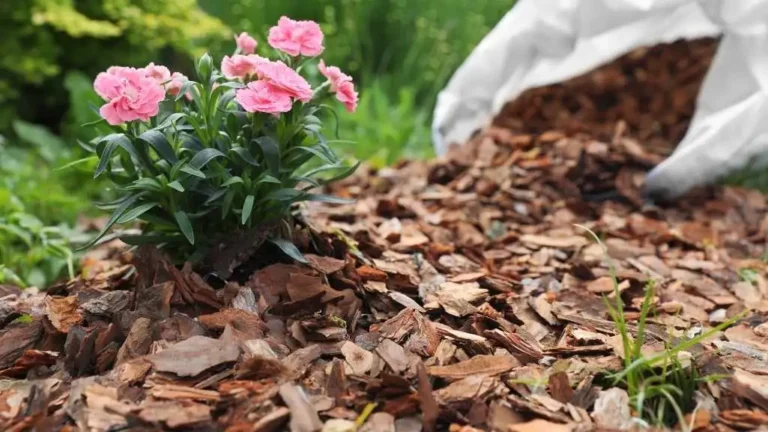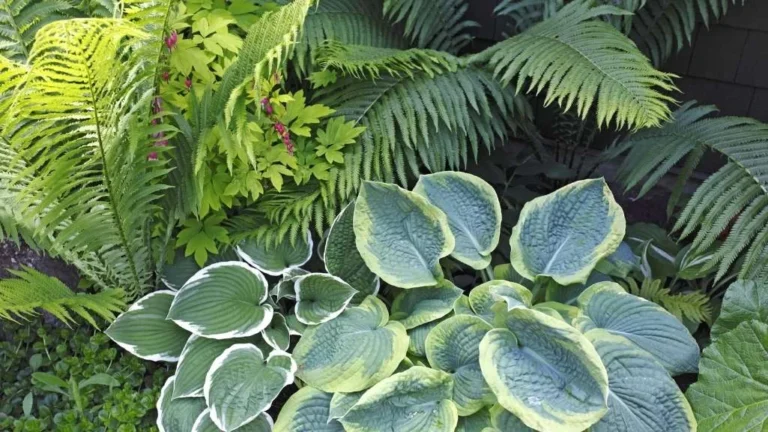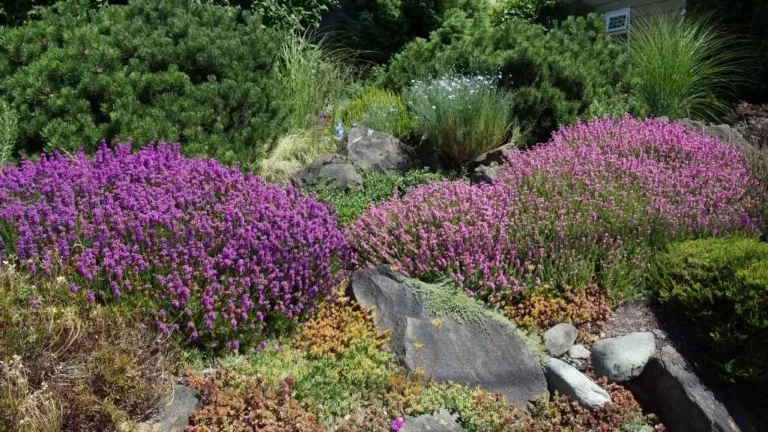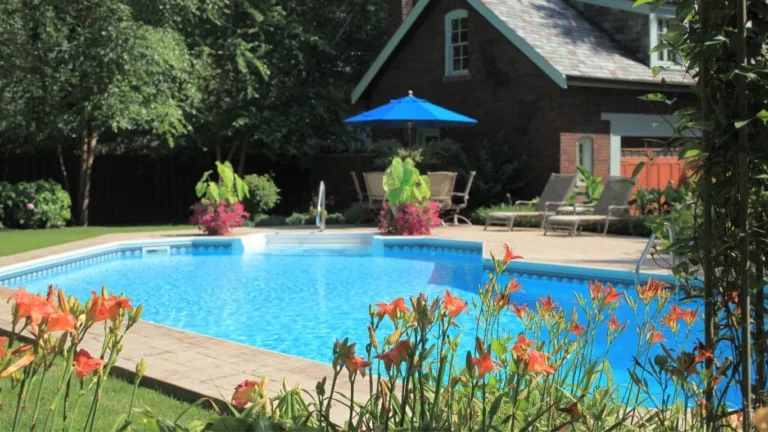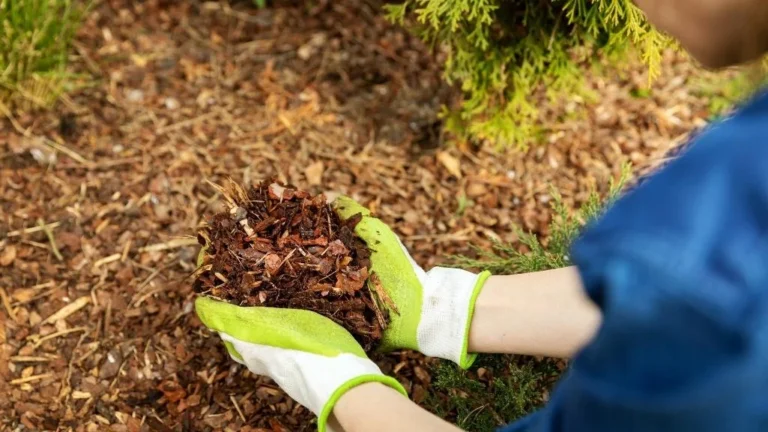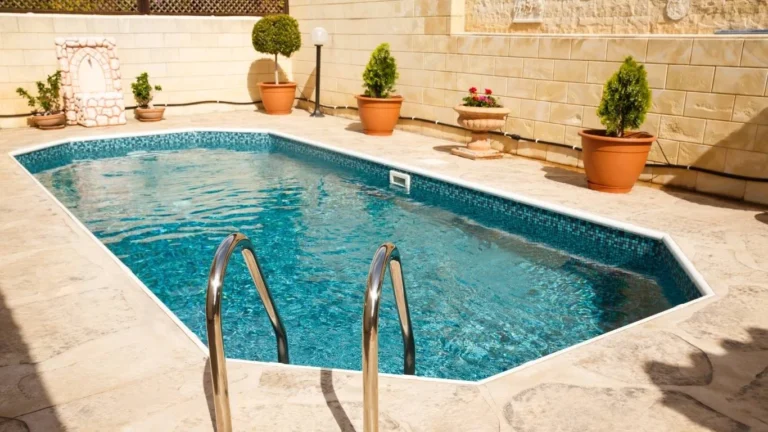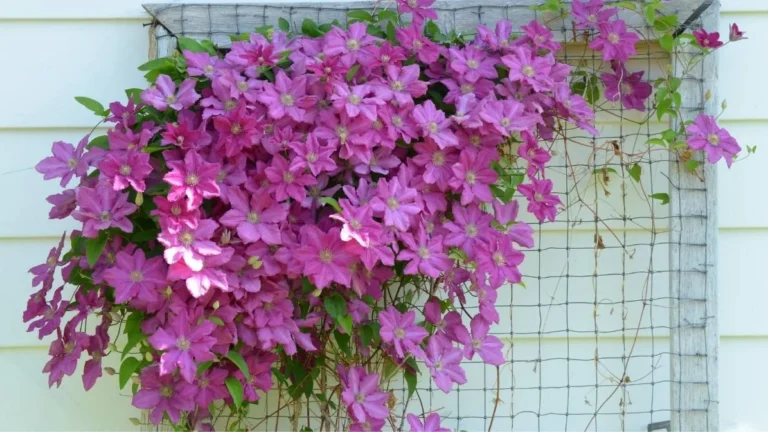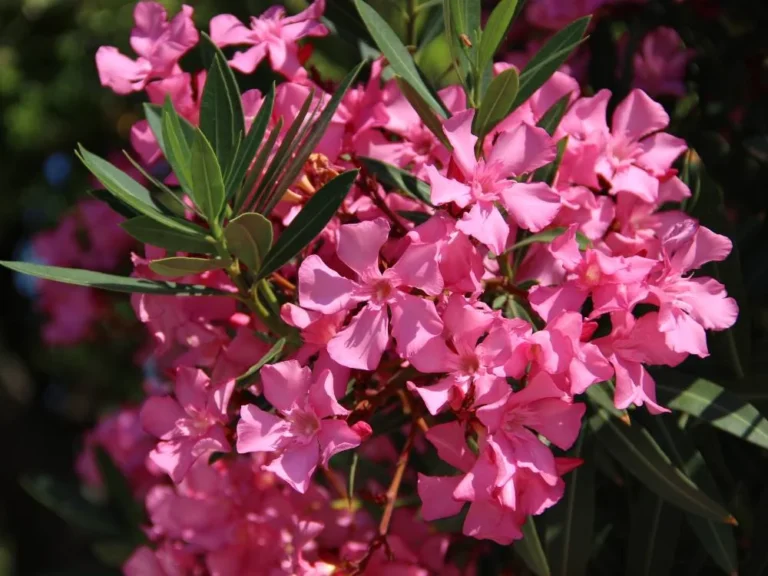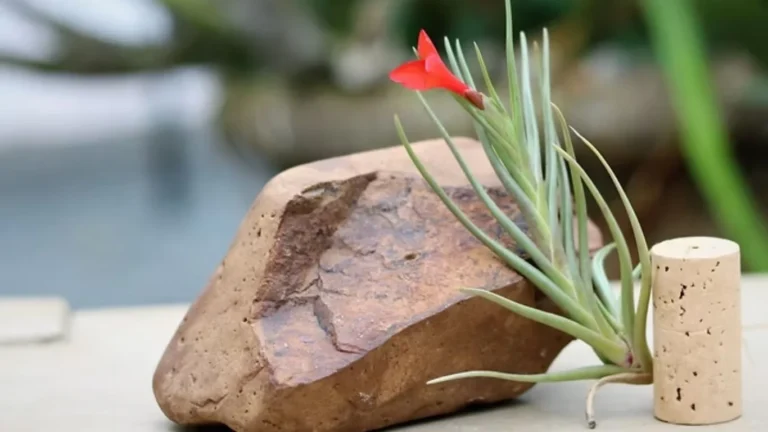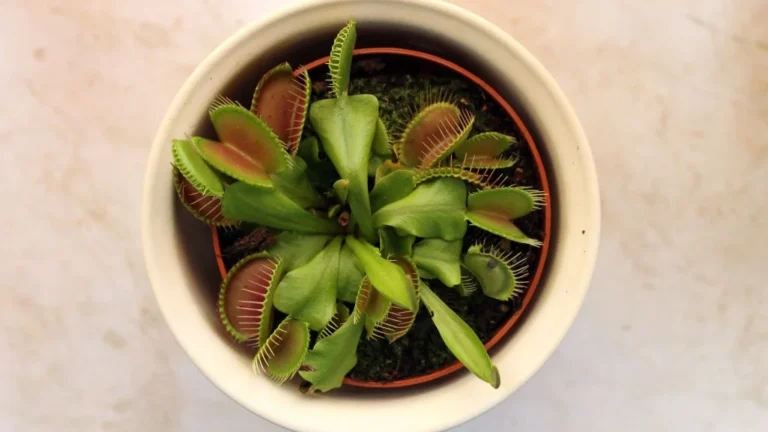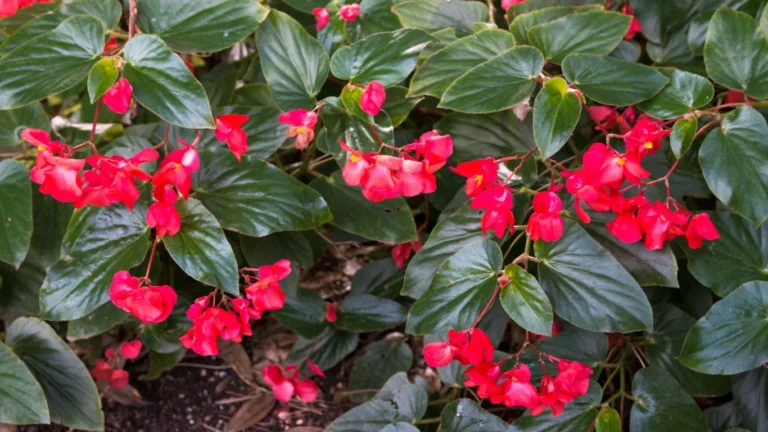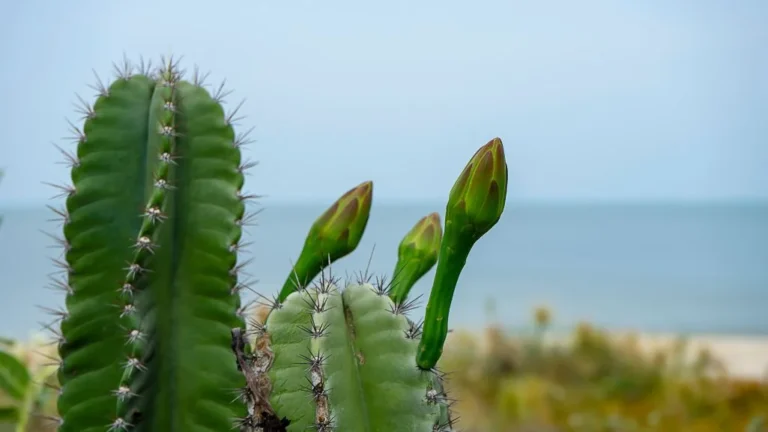Peace Lily is one of the common houseplants and a perfect choice to place in your bedroom.
Peace Lily Features
Scientific name | Spathiphyllum |
Family | Araceae |
Common names | White Sails, Spathe Flower, Spath, Peace Lily, White Flag, Closet Plant |
Native | Tropical forests of Central America and Southeast Asia |
Hardiness Zone | USDA 10 to 11 |
Caution: Peace lily is toxic to pets.
Appearance
Leaves
Peace lily leaves are dark green, oval-shaped and pointed-tipped. This plant produces white flowers with a spadix surrounded by a white, hood-like spathe named spades.
Height
This plant can grow up to 12-18 inches depending on the variety and environment.
Types of Peace Lily
Commonly seen types of peace lilies are Spathiphyllum wallisii, Spathiphyllum ‘Mauna Loa,’ Spathiphyllum ‘Sensation,’ Spathiphyllum ‘Domino,’ and Spathiphyllum ‘Clevelandii.’
Growing Conditions
Requirements for peace lily at a glance
Elements | Requirement |
Sunlight | Medium – Bright indirect sunlight |
Temperature | 65°F to 80°F |
Humidity | 40-50% |
Soil pH | 6.0-7.0 |
soil mixture | Moist holder but not soggy |
container | Small container with good drainage |
Water | When the soil dries out |
Fertilizer | Once a month in summer and spring |
Note: Soil pH level indicates how acidic or neutral the soil is. On a scale of 1 to 10, 7 means neutral. A pH value of less than 7 indicates more acidity and a pH value of more than 7 indicates more basicity. Peace lily requires acidic to neutral soil.
Soil Mixture
Peace lily requires a moist, well-drained, nutrition-rich soil mixture. The ideal potting mix of peace lily contains coco-peat (for holding moisture), gardening soil, perlites or vermiculite (ensure aeration and insulation in the potting mix), and vermicompost (for adding nutritional value).
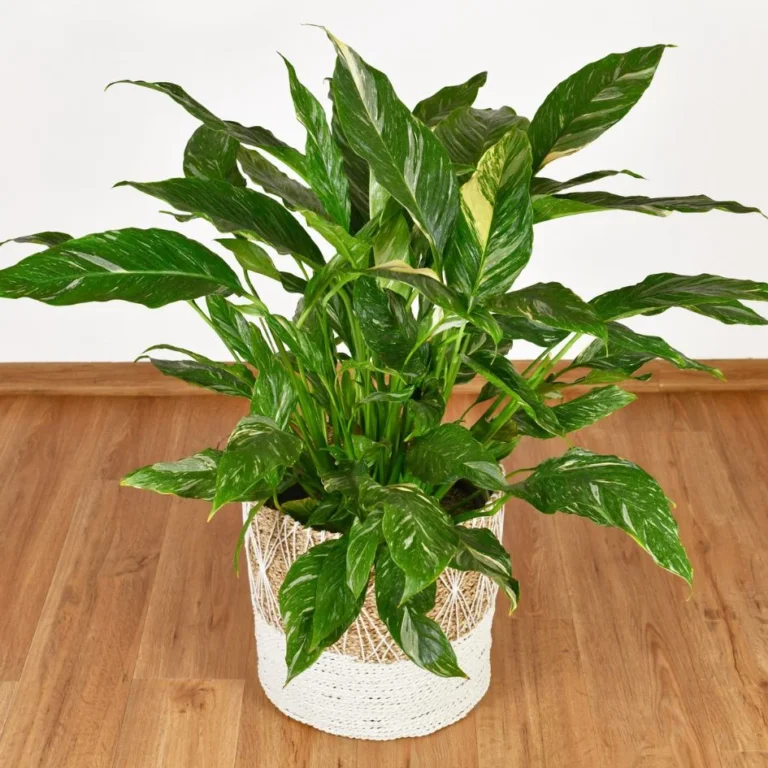
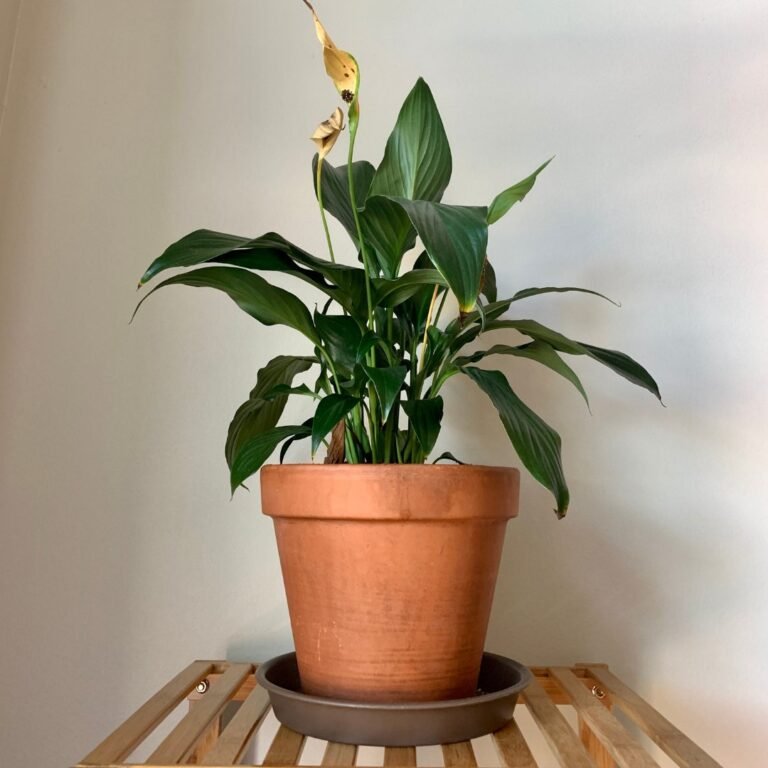
Container
Peace Lily likes to be a little rootbound. So, choose a planter about 2 inches larger than its current root ball size; large planters can hold excess water in their soil, leading to root rot. Ensure drainage holes below the container for draining out extra water. Now comes the material of the container. I prefer terracotta pots for this plant because these pots soak up moisture quickly, which helps prevent waterlogging. On the other hand, plastic pots hold moisture for a long time. Choosing a planter’s material depends on preference, temperature, and the environment’s humidity level.
Sunlight
This plant requires medium to bright indirect sunlight. Direct sunlight can burn its leaves. So, place it beside an east-facing window or where it will get bright light for 4-6 hours throughout the day. It can also grow in low light conditions, but the chance of blooming reduces. This plant can’t tolerate temperatures below 50 degrees Fahrenheit, so don’t keep the plant beside the window in winter, which can lead to cold drafts.
Water
Peace lily is a habitat to rain forest, so it likes moist environments but does not like overwatering. Excessive water can cause root rot and eventually kill the plant. So, it is best to let the top inches of soil dry completely before watering. One can do a finger dip test or use a moisture meter to check the soil’s moisture level and decide whether to provide water. You can also observe the leaves before determining whether to provide water. When all the leaves are dropping, it means the plant needs water. Generally, this plant requires water once a week, but it can vary according to the temperature and humidity. When watering, ensure the entire root system has been watered by letting the water out of the drainage holes. Misting on the plant’s foliage is necessary for maintaining humidity levels. Peace lily is sensitive to chlorine and fluoride, which may exist in regular tap water, so it’s best to provide rainwater to this plant.
Fertilizer
Peace is not like other houseplants. They like to be fed frequently in their growing season. A nitrogen and potassium-rich water-soluble fertilizer is best for this plant. So NPK 10-10-10 or 20-20-20 can be diluted with water according to the instructions written in the package. I recommend not to use full-strength fertilizer to avoid overfeeding.
Re-potting
Repotting means changing the plant’s existing container. Generally, repotting is done after buying a new plant, in case of root-bounding, or when the current potting mix is too old to have sufficient nutrition. In case of peace, lily repotting is done every 2-3 years. The plant should be repotted when the roots become visible from the top of the soil.
Guidelines for re-potting
- After buying a new plant, wait till 10-12 days before repotting. Let the plant adjust to the new environment.
- Repot the plant during summer or spring. Avoid winter and fall to re-pot any houseplant.
- Choose a container about 2 inches larger than the current pot.
- Prepare the potting mix according to what was mentioned earlier.
- While repotting, gently remove the plant from the existing container with soil using a knife. Pulling the plant without soil is a strict no-no.
- Inspect the roots for root rot or fungal diseases Before putting the plant in a new container.
- Remove the old soil gently and put it in the new container. Fill the container with a new potting mix. Press the soil to fill any air pocket and secure the root ball.
- Pour an optimal amount of water immediately after repotting (until the water comes out of the drainage hole).
- After repotting, keep the plant in a stable environment.
- After 10-14 days, the plant is ready for regular care.

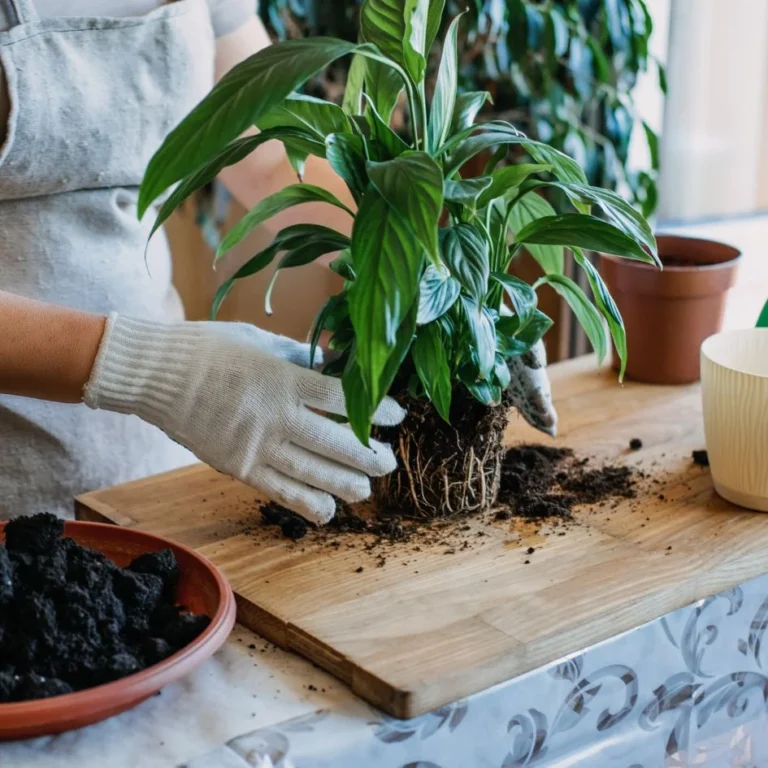

Pruning
Pruning for peace lilies includes the removal of dead flowers and leaves and trimming yellow and brown leaves. Sometimes, the plant can be pruned to give it a nice shape. Always remember to sanitize the knife or scissors before using them for pruning.
Pest
Peace lily can be attacked by pests in both indoor and outdoor environments. The common pests that may attack the plant are mealybugs, spider mites, aphids, scale insects, and fungus gnats.
Things to do to see any pests
- Immediately separate the plant from other plants.
- Use neem oil and insecticidal soap to prevent mealybug, spider mites, and aphids. After getting affected, remove the pests using a soft, damp cotton fabric.
- In the case of fungus, gnats repot the plant.
Other Common Issues
- Yellow leaves are a sign of stress. Which can be caused by overwatering, sudden changes in temperature or humidity, or excessive cold. So, the plant needs to be observed closely to determine why the leaf is yellowing. In this case, let the soil dry before watering, keep the plant in a humid environment, and avoid putting the plant in a temperature below 50 degrees Fahrenheit.
- Droopy leaves are a sign of underwatering. Leaves may turn black in color, too, in this case.
- Brown tips and edges are signs of underwatering and excessive sun exposure. Another reason for the tip’s browning is the presence of chlorine and fluoride in the water that is provided to the plant. In this case, use distilled water or rainwater.
- Wilted and brown leaves indicate root-rot. In this case, inspect the roots, remove brown leaves, and repot the plant with new soil.
Propagation
Peace lily propagation is an easy process. One must be careful about the season; peace lilies must not be put for propagation in the winter and fall seasons. The propagation process is done in late spring and summer. Peace lily propagation is done by division. The steps are following.
- Choose a healthy and mature plant that has developed many roots.
- Gently get the plant out of the container.
- There will be many crowns (a group of two or more leaves separate from the main part of the plant) around the mother plant.
- Now, carefully find the root connection between the crowns and the mother plant and separate them using your hands or a sterilized knife or scissors.
- After separating the crowns, put them in containers with moist soil and repot the mother plant.
- Give the new plant a stable environment with bright light, moist soil, and optimal humidity till the roots are established.


Tips for Peace lily to bloom
- Ensure 5-6 hours of bright indirect sunlight. 2-3 hours of morning direct sunlight works best.
- Put fertilizer once a month in its growing season in summer and spring.
- Aerate the upper part of the soil.
- Wipe the leaves regularly to increase photosynthesis.



